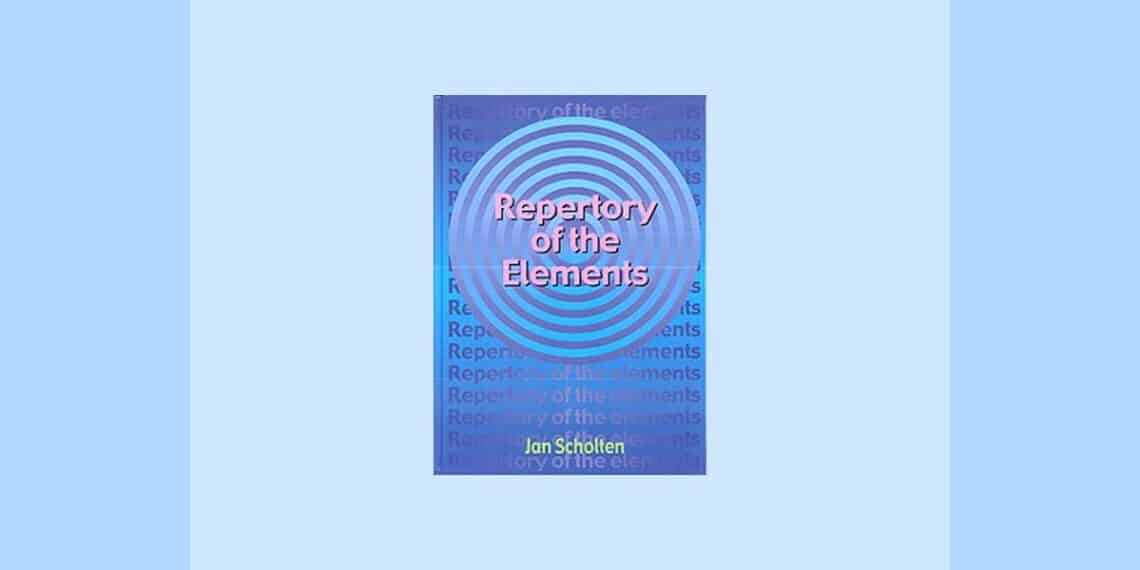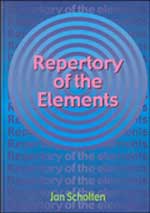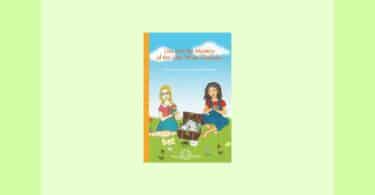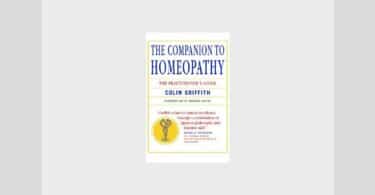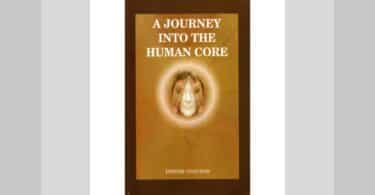Author: Jan Scholten
Publisher: Stichting Alonnissos Publishing. 2004
ISBN: 90-74817-15-7
352 pages. Hardcover.
Price:$65 USD
Reviewed By: Melanie Grimes
————————————-
This new repertory contains not only a wealth of information, including 40,000 entries and 15,000 rubrics, it also suggests a whole new way of perceiving remedies. The book is meant as an addition and reference to the material in Scholten’s previous works, Homeopathy and Minerals and Homeopathy and the Elements, however this book provides much more than reference material. It explains and details a new way of thinking.
In first opening the hardback, inside the front cover of the book, the reader is presented with a detailed and descriptive periodic table of the elements, which continues in a fold-out on the inside back cover. This graph describes each “stage” in a few succinct words, such as Stage 1, Initiate: One, Single, Simple, Sole, Start, Begin, Impulsive, Instinctive, etc. The final element in that column is Caesium, for which the graph lists “Don Quichote Pioneer.” Studying this graph alone will shed light into many old and new remedy pictures.
The introduction to the repertory is a very complete overview of Scholten’s previous work on the elements, with many new additions. He includes his new ideas on the naming of remedies, as well as the history and structure of repertories, explaining his decisions about the manner in which he has organized the data. His arrangement of rubrics is divided into three parts: Subject, Thematic, and Dynamic. The Dynamic aspect is the modality. The Thematic is the “verb,” or sensation (Boenninghausen), or phenomena (Repertorium Universale).
Reading through the rubrics themselves sheds light and understanding on remedy pictures, as the rubrics are arranged with the noun first, for instance, Family, Brother, Abandoned (6-carb-p.) Which leads to the next new concept in this book, the naming of remedies.
What is 6-carb-p? In a list of remedy names that takes up nearly 80 pages, Scholten renames every remedy in our repertory. 6-carb-p is Carbonseries phosphoricum. (OK, I’m a little bit lost, too, but intrigued.) Scholten also includes a very extensive, 25-page list of Families, demonstrating fascinating remedy relationships.
Scholten presents some very compelling reasons to change remedy names, such as suggesting that all animal remedies mention the species first, then the body part, so that Lac humanum would become Homo-sapiens lac, and suggesting that acids be listed with anions before catons, making Fluoric acid into Acidum fluor. He also suggests that mineral remedies start with 3-letter abbreviations, leaving plants and animals to start with four. This solves some of the current confusion on this topic, creating Rho for Rhodium, and leaving Rhod for Rhododendron. I think this makes a lot of sense, but I have to admit a sentimental attachment to some of our old remedy names, such as dear old Calcarea) which becomes cal-c, but I think this concept holds a lot of promise for simplification and clarification.
This book is a valuable addition not only to our repertories, but also to our thought processes. Scholten has challenged us all to rethink and expand our minds to greater understanding of our remedies.
Those familiar with Scholten’s previous work will find this book to be a valuable resource. Those unfamiliar will welcome the detailed information Scholten shares of his insights into the mineral materia medica.

